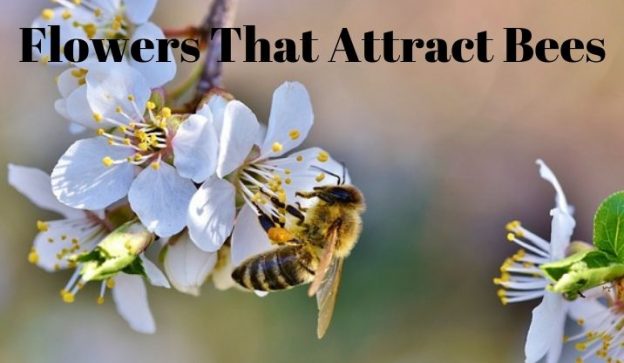We need bees to help pollinate our plants and bees need flowers to survive. Growing flowers that attract bees in the vegetable garden means everybody wins. We get more produce and the bees get nectar to feed themselves and their young.
Flowers That Attract Bees
There are many flowers that attract bees and during a normal summer they have no problem finding food. Which is good for the bee population however, us gardeners need to be sure of pollination. We need to be proactive in creating the type of garden bees will frequent.
To achieve this we have to consider the needs of the bees, so what are the needs of the bees? They need a source of nectar that is pretty much constant throughout the whole year. As I said earlier Summertime isn’t so much of a problem, there are flowers everywhere. To attract bees to our gardens we need plants that flower all year round.
Of course there is no one plant that blooms for 12 months of the year but we need to grow flowers that attract bees every season. Some of the plants that flower earliest in Spring for example are considered to be weeds but they are a good food source for bees.
Flowers That Attract Bees In Spring
So let’s start at the begining of the growing year, early Spring.
Dandelion
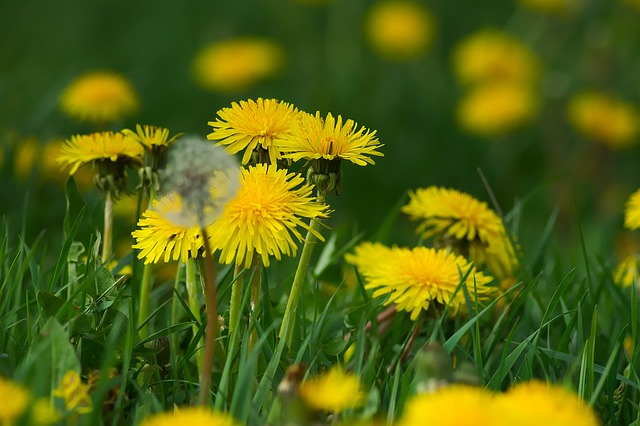
The first flower to bloom that provides nectar for bees is the dandelion, more a cluster of flowers than a single bloom. The dandelion is a great source of nectar for bees and other pollinators from as early as late February and right through Springtime. For more information on companion planting dandelions click here.
Dandelions are considered as a weed by many people and this is because of how they spread seed. Also because of the length of time they are in bloom, from early Spring right through to first frosts in Autumn. A great plant for attracting bees to your garden so allow a few to grow and spread.
Borage

Recognisable by their bright blue star like flower, borage is a particular favourite with bees. Flowering from Spring through to Autumn this is another flower well worth growing to attract bees. For more on companion planting borage click here.
Calendula
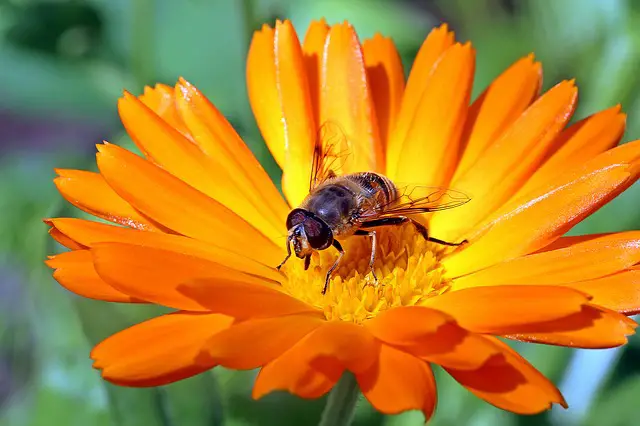
Another reasonably early flowering plant calendula or pot marigold attracts a host of bees and other pollinators to the garden. For more on calendula go to the wikipedia page.
Crocus
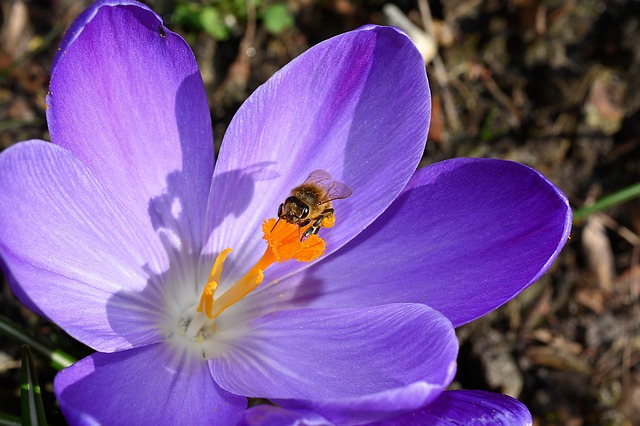
Spring crocus flowers offer another early nectar feast for those early bees and make a pretty garden display.
Poached Egg Plants
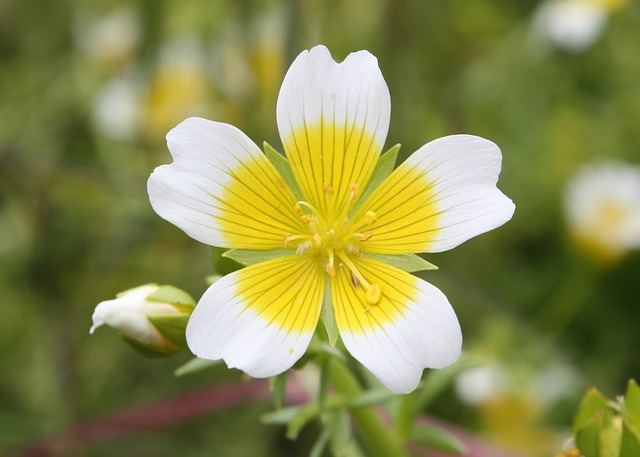
From mid Spring through to Summer the poached egg plant provides food for bees and hoverflies. For more on poached egg plant companion planting click here.
Lilac
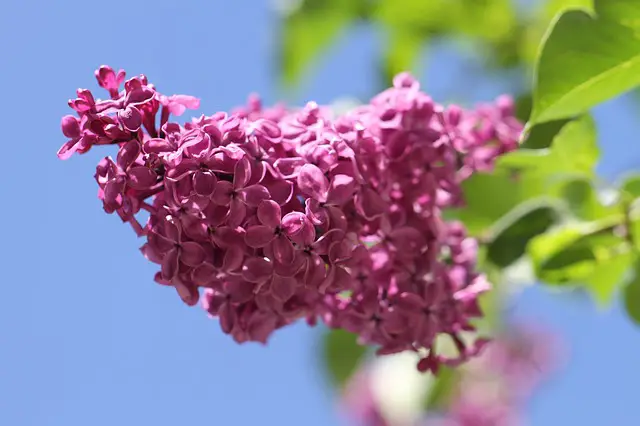
An early Spring flowering tree, lilac attracts bees and other pollinators.
Rosemary

This herb flowers in Spring and provides much needed nectar to bees and other pollinators. for more about companion planting rosemary click here.
Cherries
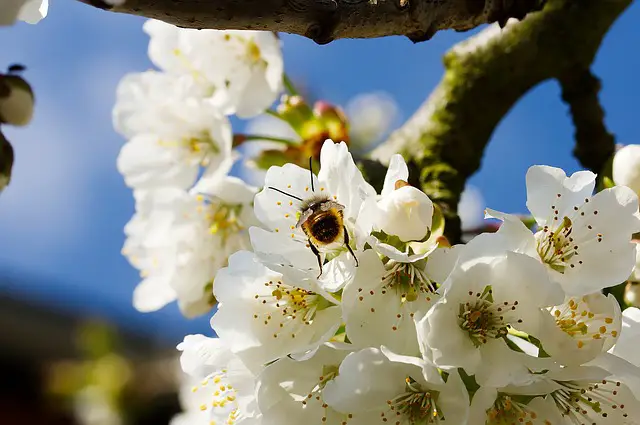
Both fruiting and flowering cherries provide nectar for bees in Spring.
Plums

Plum trees often flower very early in Spring, sometimes too early but any bees on the prowl will be grateful of this food source. For more about companion planting plum trees click here.
Apple Trees
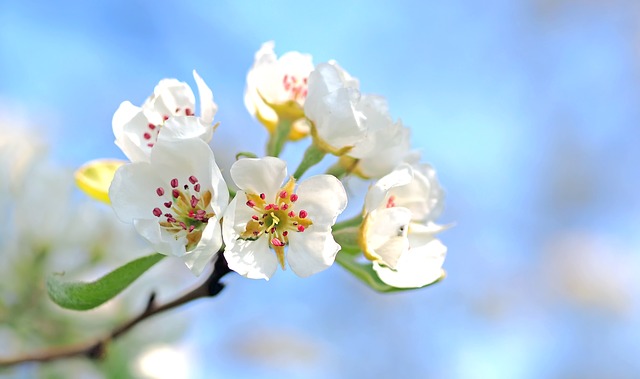
These deciduous trees produce flowers in Spring time and rely on bees and other beneficial insects to pollinate them. In return they provide nectar to feed the hungry insects. To find out more about companion planting apple trees click this link.
Pear Trees
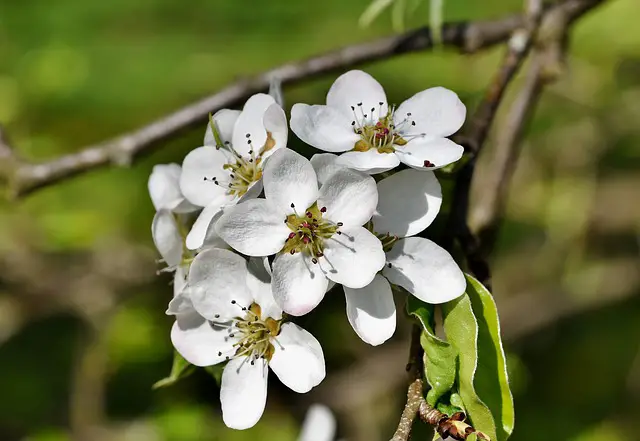
Like apple trees, pears produce flowers in Spring that are reliant on bees for pollination. The nectar supplied to the bees is part of the deal and will help to sustain them. For more on companion planting pear trees click here.
Currants
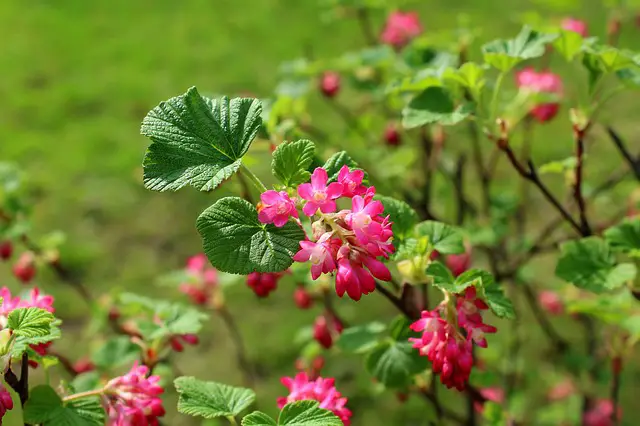
Red currants, white currants and black currants all produce Spring flowers that bees can and do feed on. With the added bonus that come Summer us gardners get an abundance of fruit.
Gooseberries
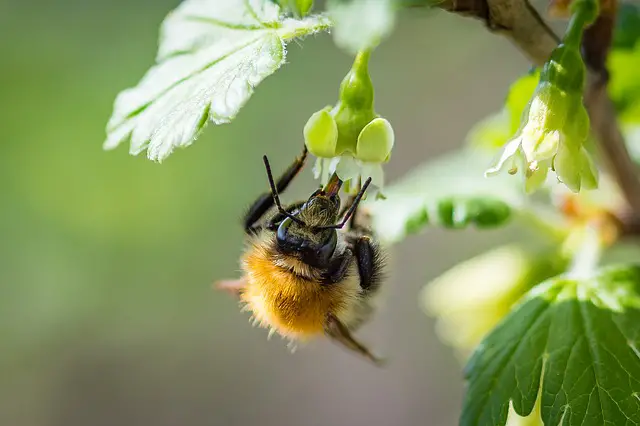
Another early Spring flowering fruit bush that will provide bees with nectar.
Lavender

Flowering from Spring through to Autumn lavender attracts bees and is well worth growing in your garden. For more information on companion planting lavender click here.
Flowers That Attract Bees In Summer
In Summer there is almost too much choice for bees to feed on but here are a few of my favourites. I grow these primarily as companion plants so they are dual purpose plants, attracting bees and also benefitting the garden in other ways.
Cosmos
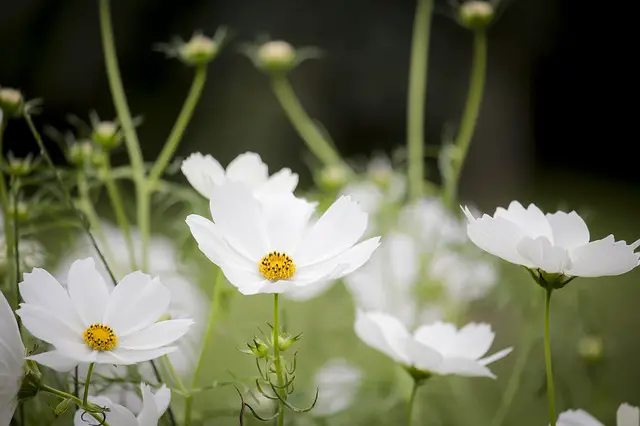
Bees are attracted to the large open flowers and as long as you deadhead them they will continue to bloom from early Summer right up until the first frosts come. To find out more about companion planting cosmos click here.
Foxgloves
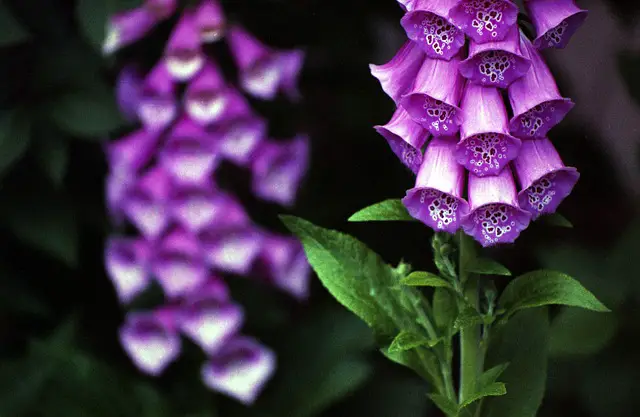
With their trumpet like flowers foxgloves attract bees to the shadier parts of the garden. To find out more about companion planting foxgloves click here.
Chives
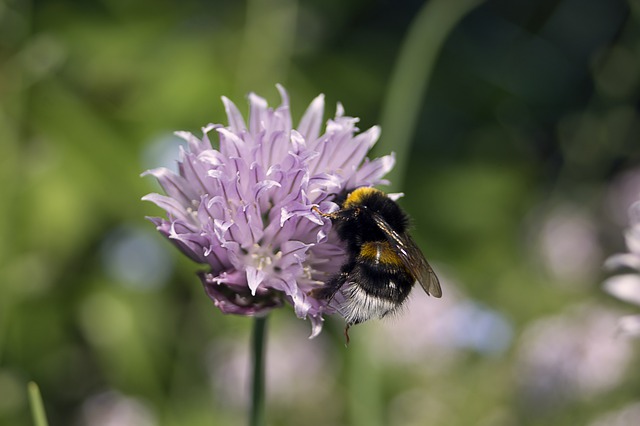
When in bloom my chives are always teeming with bees, they seem to make straight for them. Another one of those win win situations I get chives and the bees get nectar.
Catnip
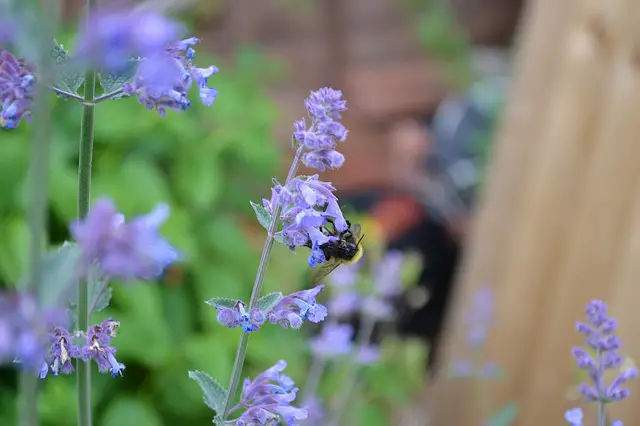
The least invasive of the mint family, catnip attracts 2 out of 3 cats and bees love it as well. For more on companion planting catnip click here.
Roses

Bees are attracted to roses and roses will continue to produce flowers as long as they are deaheaded until frosts come.
Marigolds

No organic garden should be without marigolds and their benefits are well documented. They attract many insects including bees and this applies to both types of marigold (all 3 if you include calendula). For more on marigold companion planting click here.
Flowers That Attract Bees In Autumn
Late Summer through to Autumn is the time of year when flowers start to drop off and bees need extra help finding food at this point. Some good sources of nectar can still be found here are a few.
Ivy

A very useful plant for wildlife this, small birds nest in it, and the flowers which bloom from late Summer and right through Autumn and even into Winter provide nectar for bees.
Corn Flowers
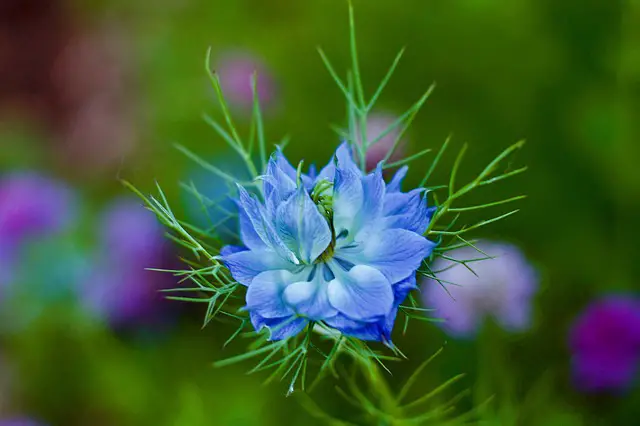
Another late flowering plant that lasts into late Autumn corn flowers will keep any late bees going.
Thistles
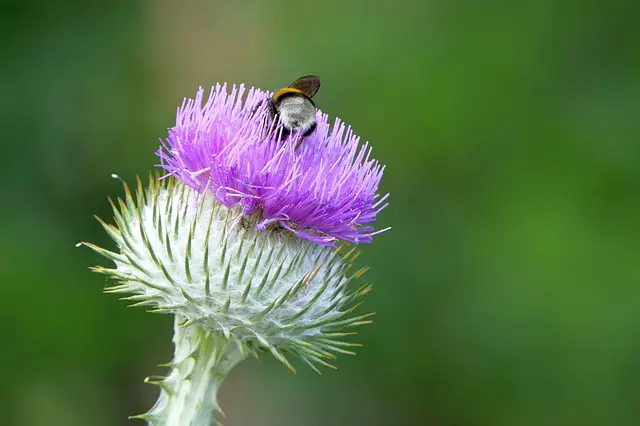
Not everyones idea of a garden plant but useful for feeding bees in Autumn.
Heathers

Flowering from Autumn and right through Winter heathers will provide food for bees that are late hibernating or who wake early.
Fuschias
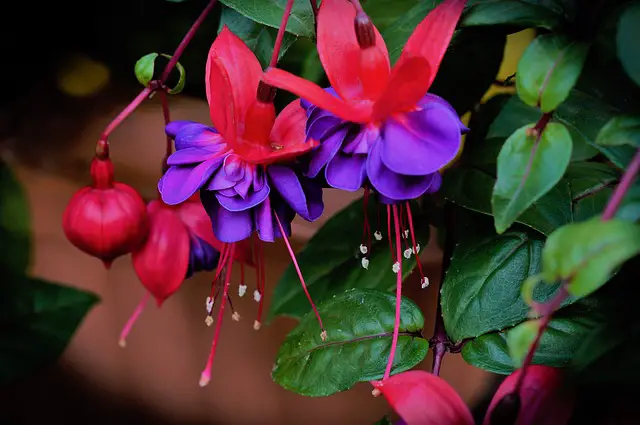
Another popular flower that carries on into Autumn the fuschia will keep bees going until frosts arrive.
Flowers That Attract Bees In Winter
Hopefully most bees will be safely in hibernation come Winter but if there is a mild spell and some bees are searching for food this can be provided by growing the following plants.
Ivy
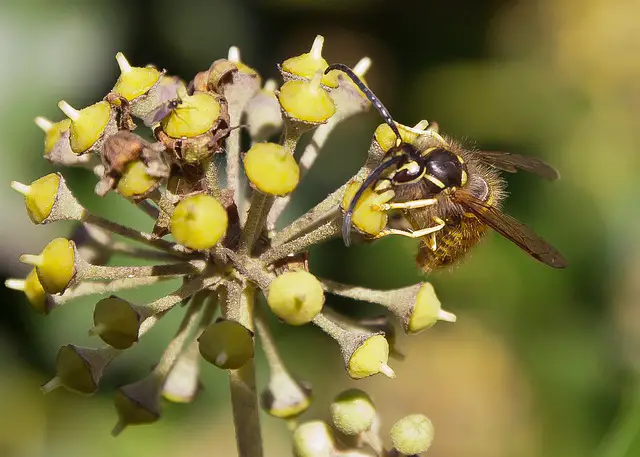
As I said earlier ivy is a late flowering plant that provides food and shelter to many species including bees.
Dandelions
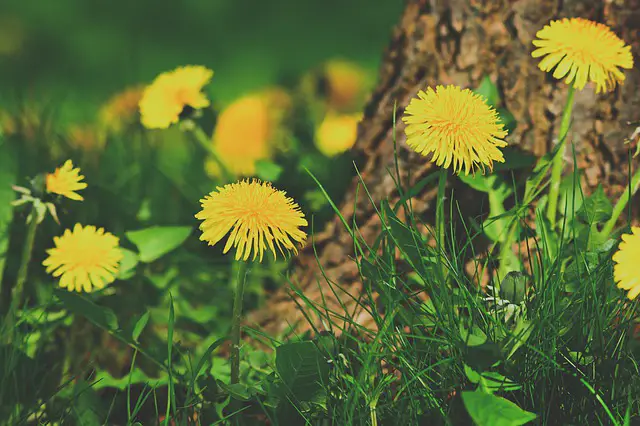
Once again the humble dandelion features, as soon as the weather warms up slightly the dandelion will be in bloom. Providing tempting nectar for any stray bees in need of food and pollinating the dandies on the way.
Heathers
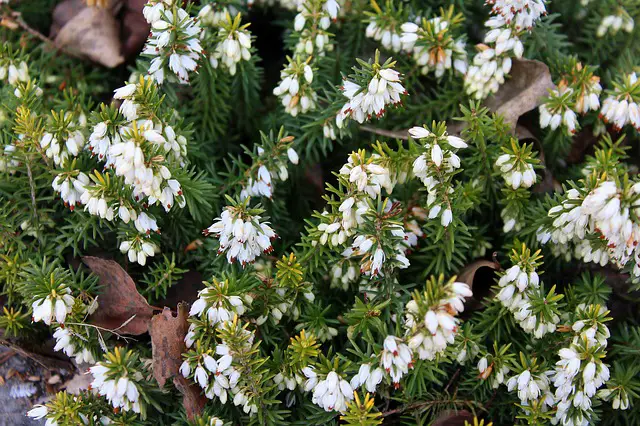
Still providing nectar through Winter for any bees in need of it.
Primrose
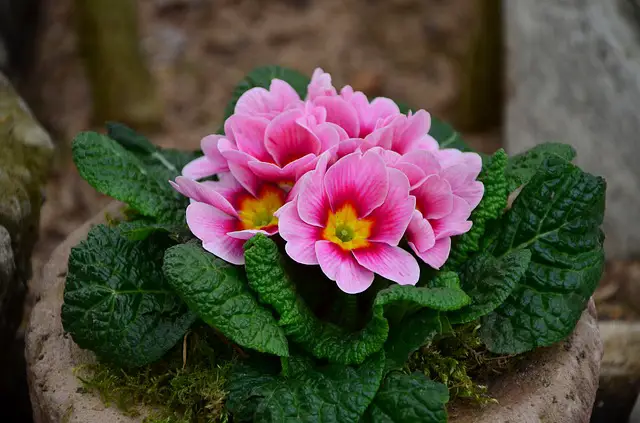
This pretty little flower blossoms through the Winter period providing food for bees and other insects.
Winter Pansies
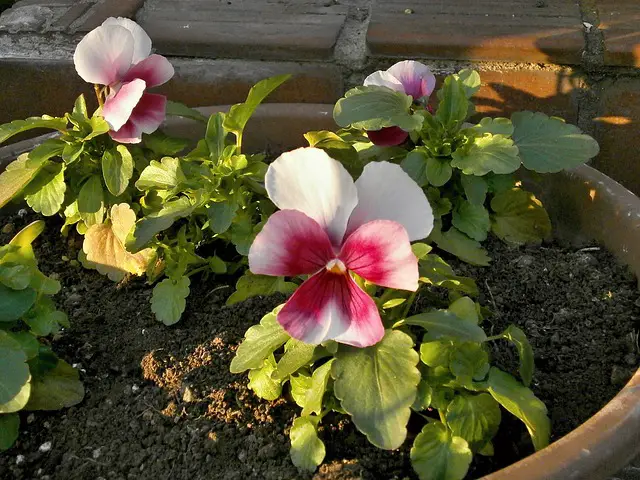
Another excellent plant to provide colour in your garden and much needed food for bees.
Daffodils

Early flowering daffodils will see the bees through until Springtime. The best variety is the Tenby Daffodil but if this is not available any type will do. Bees seem to prefer the tenby daffodil.
Many More Flowers That Attract Bees
Any flowers that produce nectar will attract bees the secret is to keep a constant supply throughout every season. The choice is yours, just remember to have flowers all year round. For more information take a look at the honeybee conservancy website.
Bees Need Water Too
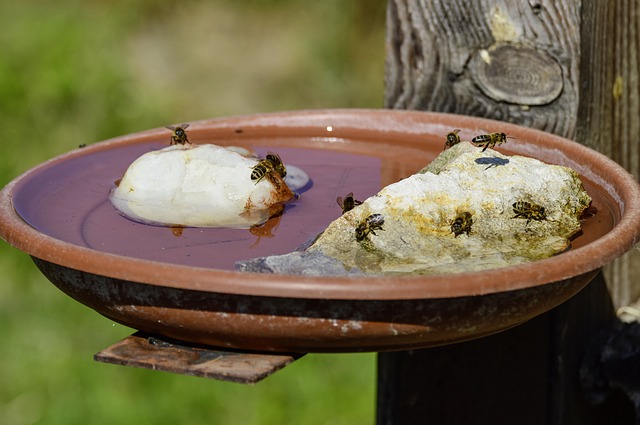
During hot weather bees can dehydrate and if they do this leaves them vulnerable. To help them stay hydrated just take a shallow tray, add stones for bees to perch on, and fill with water. Make sure it’s shallow so they don’t drown and don’t add sugar, just plain water.
If you were to make it sugar water ants would be attracted to it and that will create a turf war. In all probability the bees would lose, so be sure to use just water.

